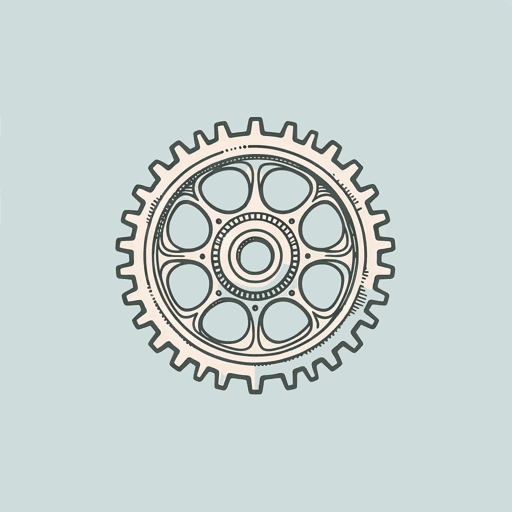54 pages • 1 hour read
Eddie JakuThe Happiest Man on Earth: The Beautiful Life of an Auschwitz Survivor
Nonfiction | Autobiography / Memoir | Adult | Published in 2020A modern alternative to SparkNotes and CliffsNotes, SuperSummary offers high-quality Study Guides with detailed chapter summaries and analysis of major themes, characters, and more.
Themes
Resilience in the Face of Unimaginable Horrors
The vast majority of those sent to Auschwitz died within a matter of months—in many cases, just a few hours—either murdered with poison gas or worked slowly to death. Eddie Jaku writes that the average life expectancy for those not killed right away was about seven months, and that many prisoners lost hope long before that and died by suicide, often by throwing themselves onto the camp’s electrified fence. The ones who survived, he says, were those who were able to “shut off everything but the will to live” (111), including their feelings of grief, hopelessness, and horror at what they had seen. However “surreal” or nightmarish their surroundings, for them to survive they had to accept the twisted logic of the new world they found themselves in and quickly learn its topsy-turvy rules. As much as physical endurance, this demanded an indomitable psychological resilience.
Often, survival depended on cleverness, deception, and an ability to improvise. For instance, Eddie’s friend Kurt, knowing that the Nazis lacked detailed records on his small town, told them he was a “shoemaker,” which gave him a chance at a (relatively) safe manufacturing job. Since prisoners would be killed upon the first sign of a debilitating illness or weakness, many shared strategies and devices to conceal physical ailments.
Featured Collections
Challenging Authority
View Collection
Family
View Collection
Friendship
View Collection
Guilt
View Collection
International Holocaust Remembrance Day
View Collection
Memoir
View Collection
Memory
View Collection
Power
View Collection
Sexual Harassment & Violence
View Collection
World War II
View Collection

